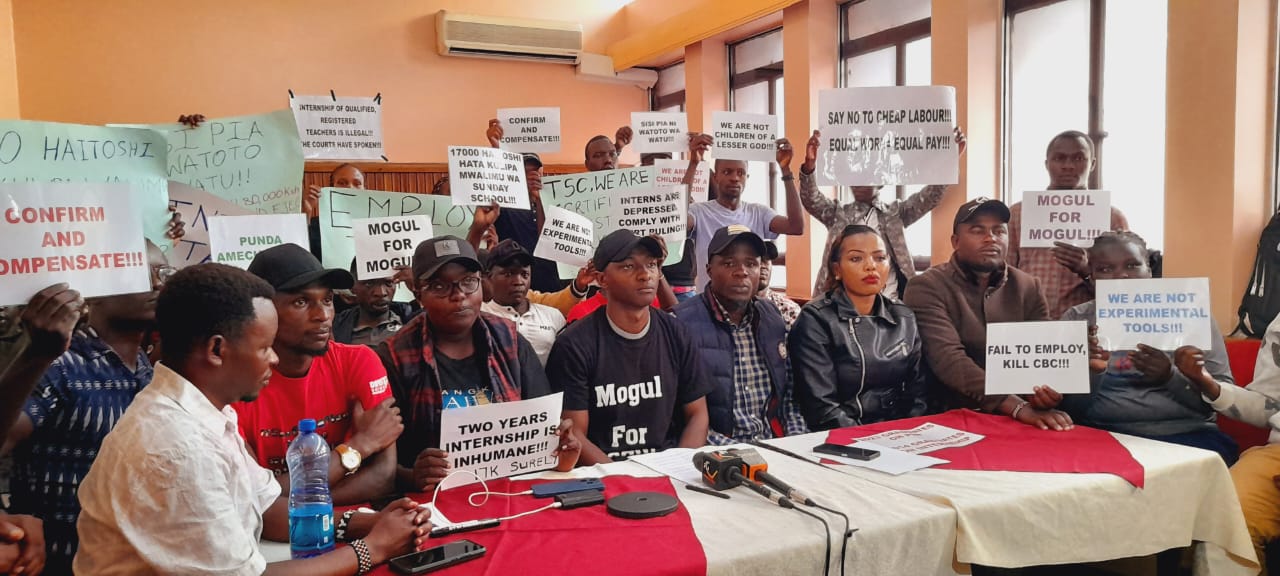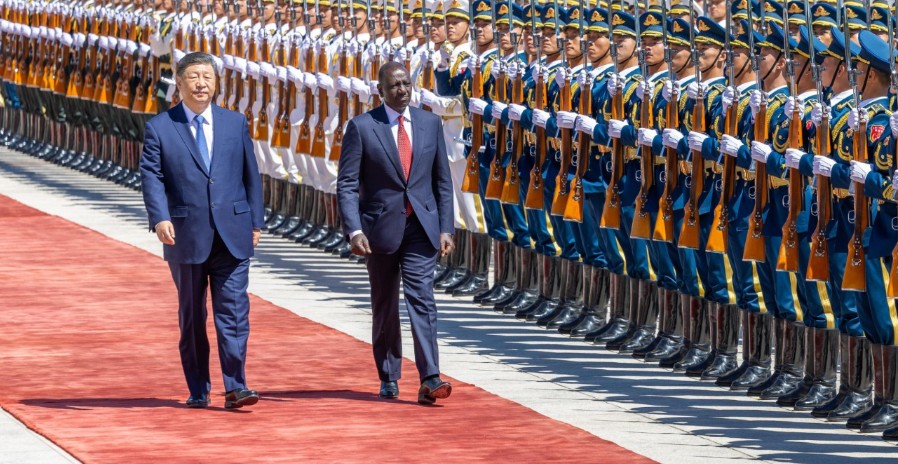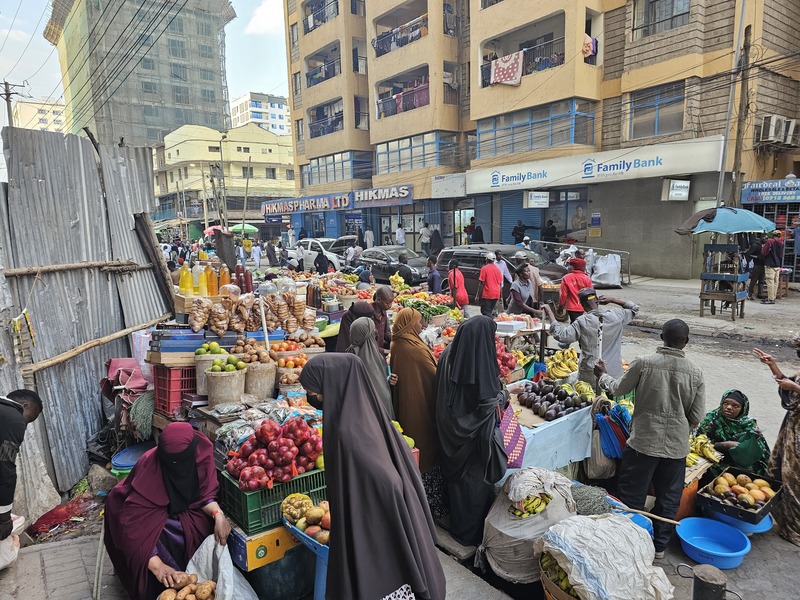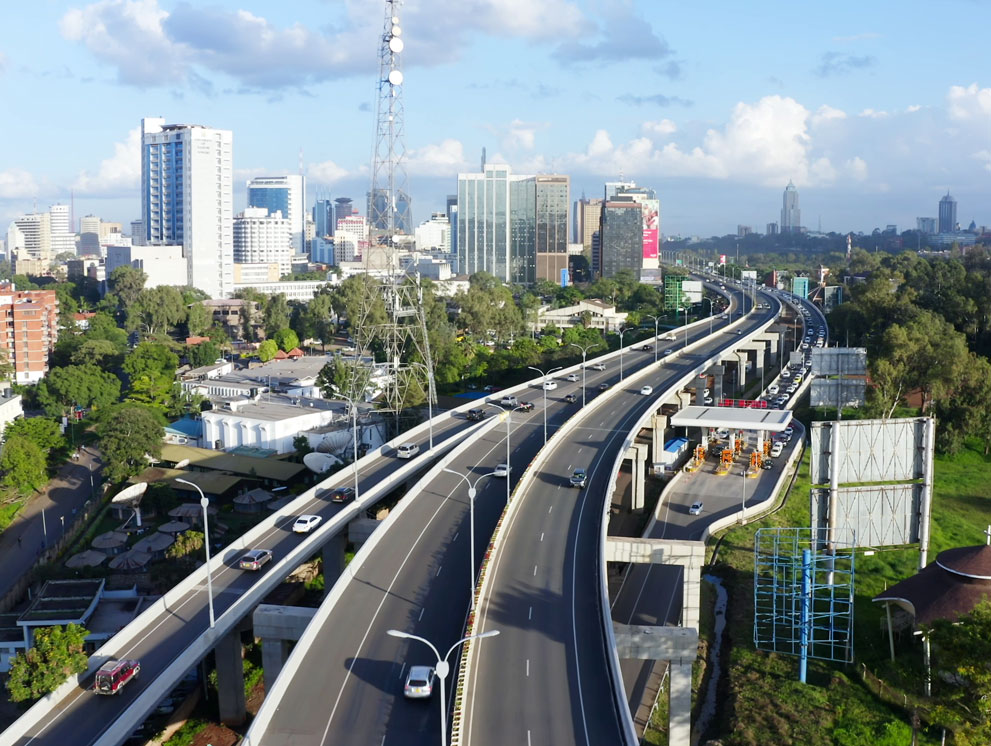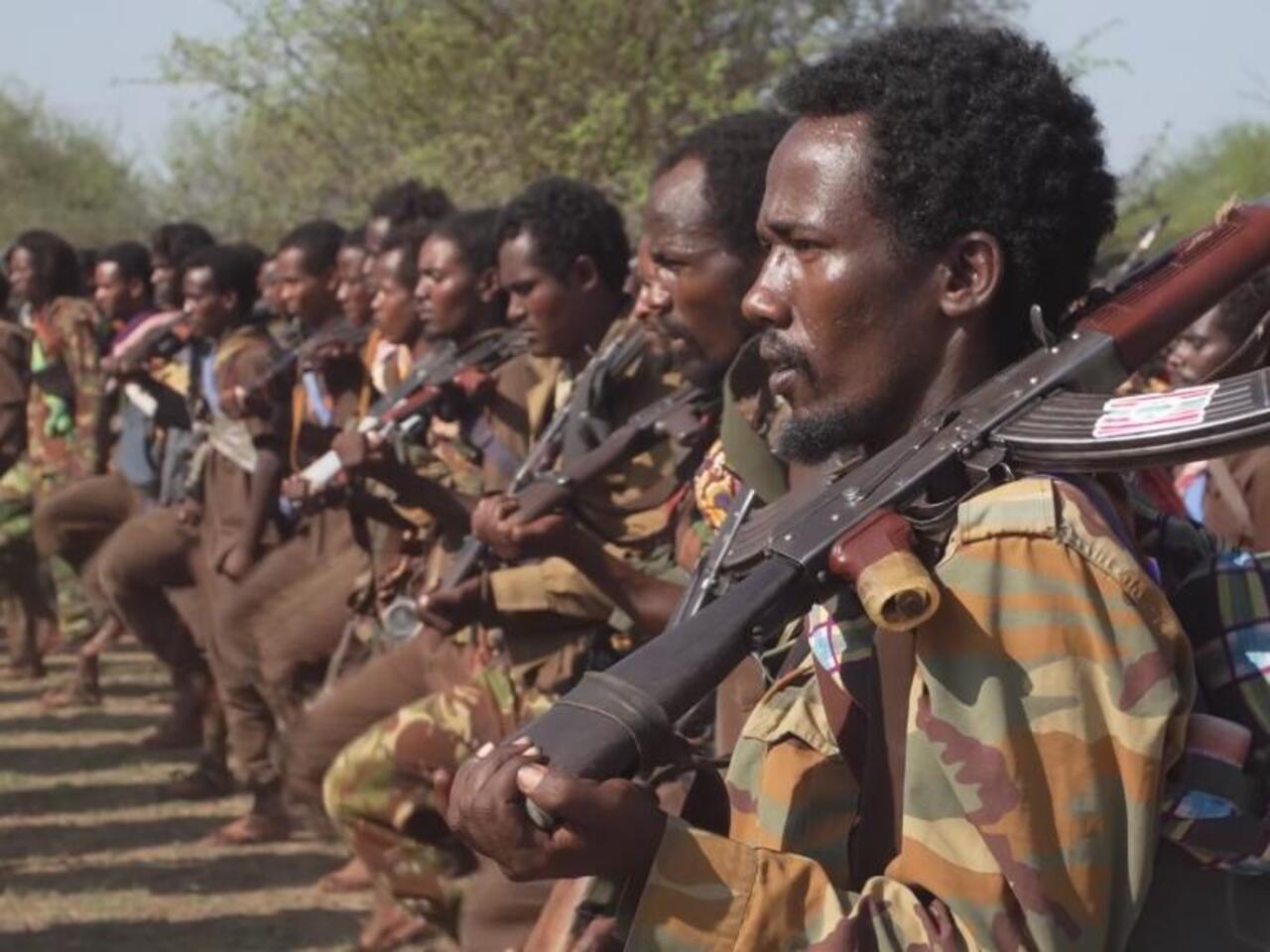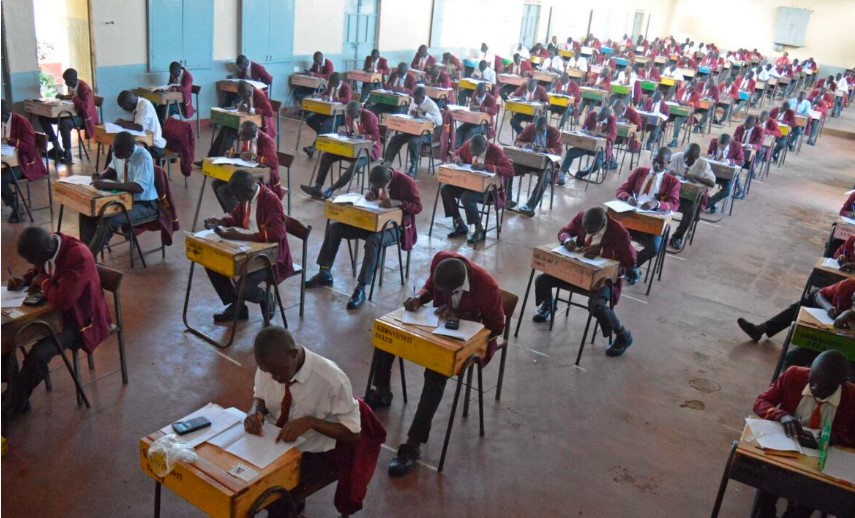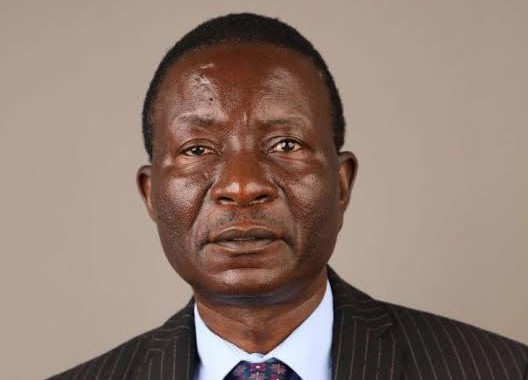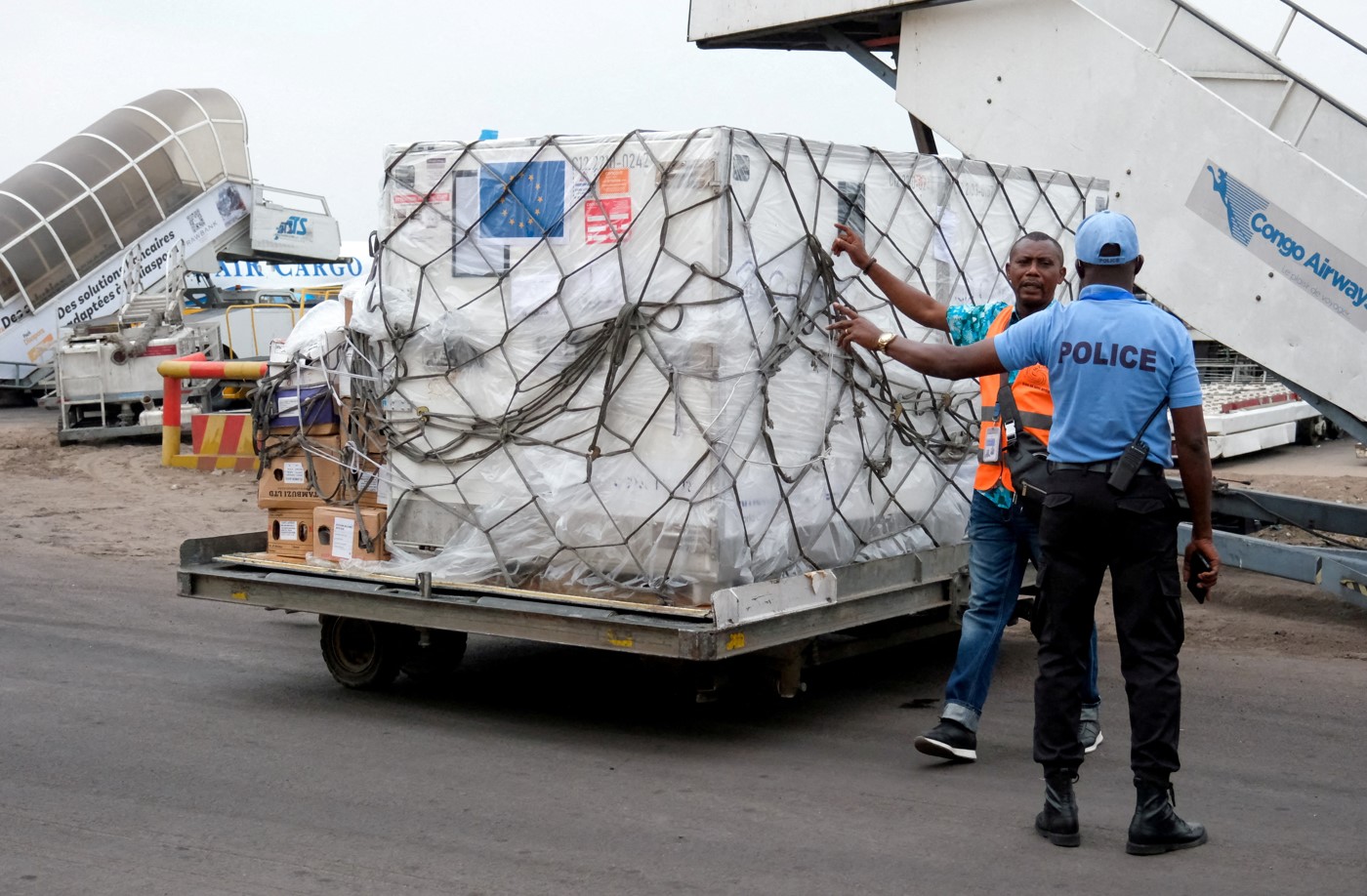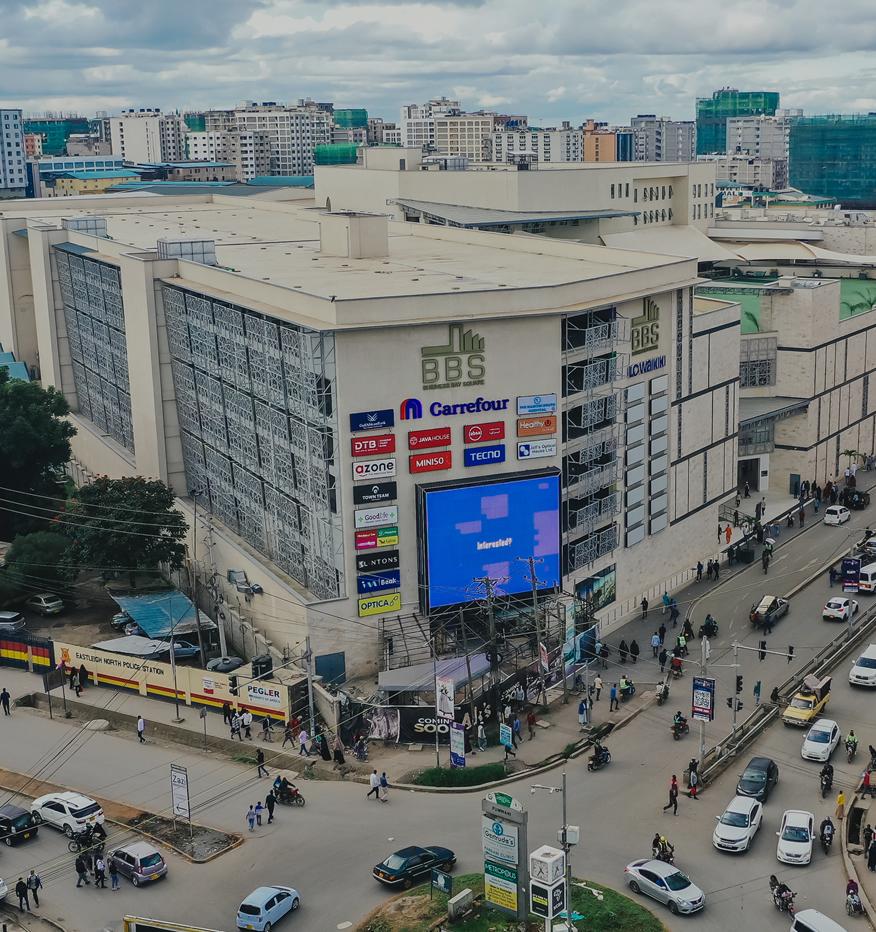Global internal displacement reaches record 83.4 million by end of 2024
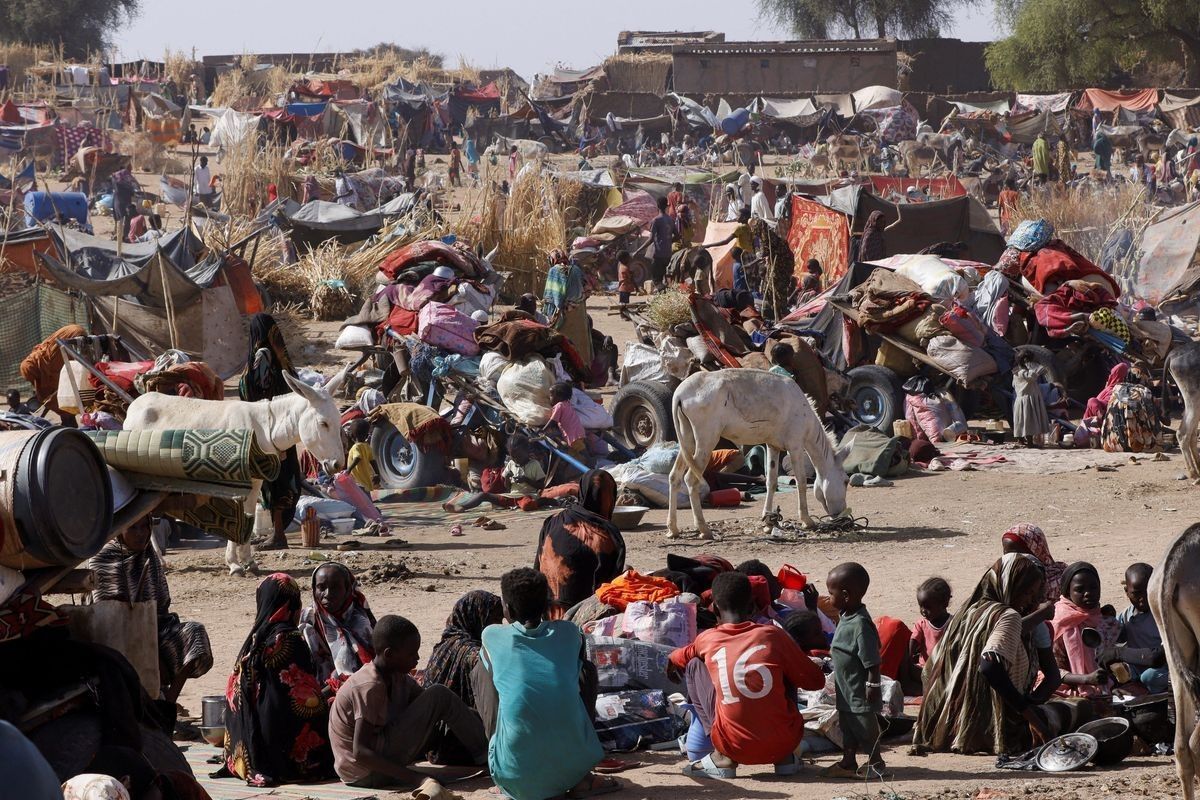
Sudan, devastated by ongoing violence, saw the largest number of IDPs, with a record-breaking 11.6 million individuals now displaced within its borders.
The number of people displaced within their own countries has reached a staggering 83.4 million by the end of 2024, marking the highest figure ever recorded.
This increase, which is more than double the number of internally displaced people (IDPs) six years ago, is the result of growing conflicts, violence, and natural disasters.
More To Read
The Global Report on Internal Displacement, published by the Internal Displacement Monitoring Centre (IDMC), highlights how the world’s most vulnerable populations are being hit hardest by a combination of crises, leading to a sharp rise in forced migration.
Nearly 90 per cent of the displaced, or 73.5 million people, fled from violence and conflict, representing an 80 per cent rise in just six years.
Sudan, devastated by ongoing violence, saw the largest number of IDPs, with a record-breaking 11.6 million individuals now displaced within its borders.
The Gaza Strip, too, faced a grim situation, with nearly its entire population displaced by the ongoing conflict.
The report also underscores that disasters are playing an increasingly large role in displacements, with 9.8 million people displaced by climate-related disasters in 2024 alone, marking a 29 per cent increase from the previous year.
"Internal displacement is where conflict, poverty and climate collide, hitting the most vulnerable the hardest," said Alexandra Bilak, IDMC’s director.
"These latest numbers prove that internal displacement is not just a humanitarian crisis; it’s a clear development and political challenge that requires far more attention than it currently receives.”
The report also details the wide-ranging consequences of displacement. Countries like Afghanistan and Chad each saw more than 1 million disaster-related displacements, while the United States recorded 11 million people displaced by disasters, the highest ever in a single country.
As the number of disaster-related displacements grows, much of it fueled by climate change, the international community is facing growing challenges in terms of providing both immediate relief and long-term solutions.
Jan Egeland, Secretary General of the Norwegian Refugee Council, stressed the urgency of addressing these challenges, calling for greater political will and financial investment to tackle the root causes of displacement.
"The lack of progress is both a policy failure and a moral stain on humanity. Now is the time for governments to show political will and financial investments for lasting solutions to displacement," Egeland said.
The situation is particularly dire in conflict zones like the Democratic Republic of the Congo, Palestine, and Sudan, where shifting battlefronts force people to flee multiple times. In total, these three regions alone accounted for nearly 60 per cent of global conflict-related displacements in 2024.
The overlapping crises of conflict and climate change in these regions only make it more difficult for displaced populations to recover and rebuild their lives.
For the first time, more than three-quarters of those displaced by conflict and violence are living in countries highly vulnerable to climate change.
This convergence of crises highlights the increasing strain on governments and humanitarian organisations. Without significant intervention and investment in prevention, the global displacement crisis will only worsen.
Top Stories Today
